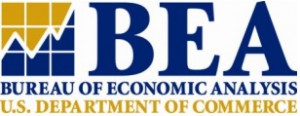CPI: Medical Price Hikes Match Inflation
 Both the Consumer Price Index and the price index for medical care rose just 0.1 percent in February. This is the sixth month in a row we have enjoyed medical price relief in the CPI. Even prices of prescription drugs dropped by 0.2 percent. Some components – medical equipment and supplies, outpatient hospital services, and health insurance jumped a bit, but not enough to drive overall medical prices higher. Medical price inflation contributed nine percent of CPI for all items.
Both the Consumer Price Index and the price index for medical care rose just 0.1 percent in February. This is the sixth month in a row we have enjoyed medical price relief in the CPI. Even prices of prescription drugs dropped by 0.2 percent. Some components – medical equipment and supplies, outpatient hospital services, and health insurance jumped a bit, but not enough to drive overall medical prices higher. Medical price inflation contributed nine percent of CPI for all items.
Over the last 12 months, however, medical prices have increased much more than non-medical prices: 3.5 percent versus 2.7 percent. Price changes for medical care contributed 11 percent of the overall increase in CPI.
More than six years after the Affordable Care Act was passed, consumers have not seen relief from high medical prices, which have increased over twice as much as the CPI less medical care since Obamacare took effect.
See Figures I, II, and Table I Below the fold:





